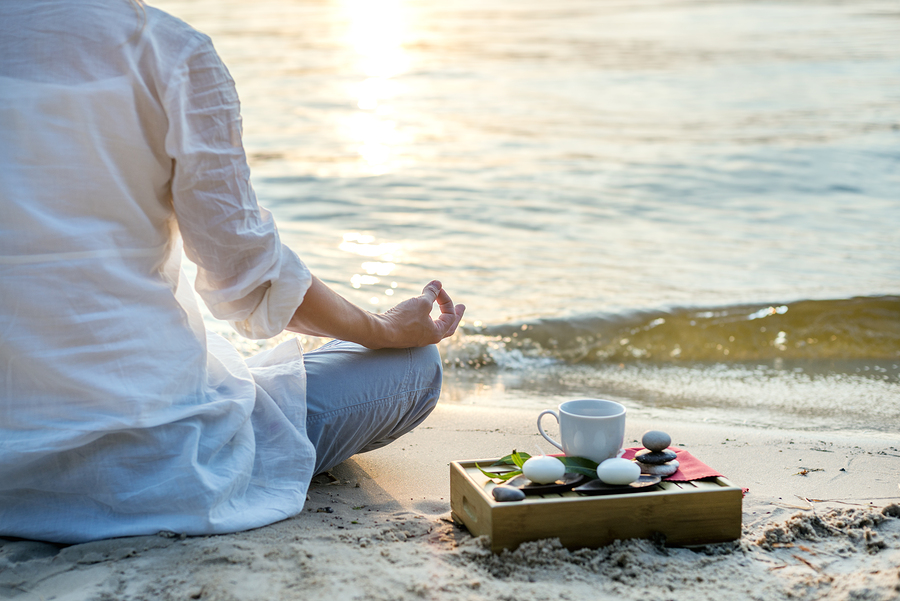Incorporating mindfulness into the everyday
By now you’ve probably heard about the benefits of mindfulness and meditation touted in the news – this ancient practice has garnered some serious mainstream attention in recent years as an antidote to the increasingly hectic lifestyles we seem to be living in the 21st century.
Allowing your mind and body the chance to stop, slow down and relax from the pressures of everyday life has been shown to help with a whole host of common ailments, from reducing anxiety to lowering blood pressure. But while it sounds good on paper, many of us don’t have the energy or the inclination to adopt a serious meditation practice into our daily lives.
The good news is, mindfulness can be practiced just about anywhere – at its core, mindfulness is simply the practice of being aware, focused and present. You don’t need any special skills or equipment and can incorporate the basic principles into other aspects of your life.
Interested in learning more? Here are three simple ways to incorporate a mindfulness practice into your everyday.
1. Colouring or painting
Colouring or painting is a great excuse to press pause on your busy day and focus on something simple and relaxing. Adult colouring books like the popular Mindfulness Colouring Book help encourage us to slow down and enjoy the simple act of colouring in. The intricate, sophisticated patterns found in colouring books and paint by number sets offer the chance to focus and direct your energy into one task. Try setting aside some time after work or on a lazy weekend morning to find a quiet space and colour, deliberately focusing only on filling the page. Any time your mind starts to wander, gently bring it back to the task at hand – it might be difficult at first, but as you start to settle in to the task you should naturally achieve a sort of flow and enjoy the calming affect focusing on colouring the patterns can bring.
2. Meditate on the commute
Meditating on a train, airplane or bus is a great way to start or end a busy day and can make an otherwise boring chunk of time less stressful and more enjoyable. Start by taking notice of your body or breath; mentally scan your body from your feet all the way to your head and take note of any sensations without trying to analyse or change them. If you can, close your eyes and follow the natural rhythm of your breath, counting each outbreath up to 10 and then starting again at the beginning. Even two minutes of this can help relieve anxiety and return your mind to a calmer place. If you like the idea but struggle to do it on your own, apps like Calm and Headspace both offer guided meditation sessions specifically for commuting.
3. Doing the washing up
Household chores may feel like a burden on your time but can actually be a great opportunity to unplug for a few minutes and release some tension. There’s a reason why some people report cleaning as a calming task – it’s because the simple act of focusing on the task helps relieve any burdens we might be feeling temporarily and give the mind a break. Next time you wash the dishes, try becoming more aware of each sensation, like how it feels when your hands hit the water. Notice any sounds or activity going on around you without getting involved – simply allow any noise to register in your consciousness. Take slow steady breaths and focus on cleaning each dish, as well as the satisfaction of a job well done. By making a few easy tweaks you can turn an everyday task into an opportunity to unplug from the busy world around you and restore some mental calm.
Have you ever tried meditating? Are you tempted by the idea of mindfulness?




















